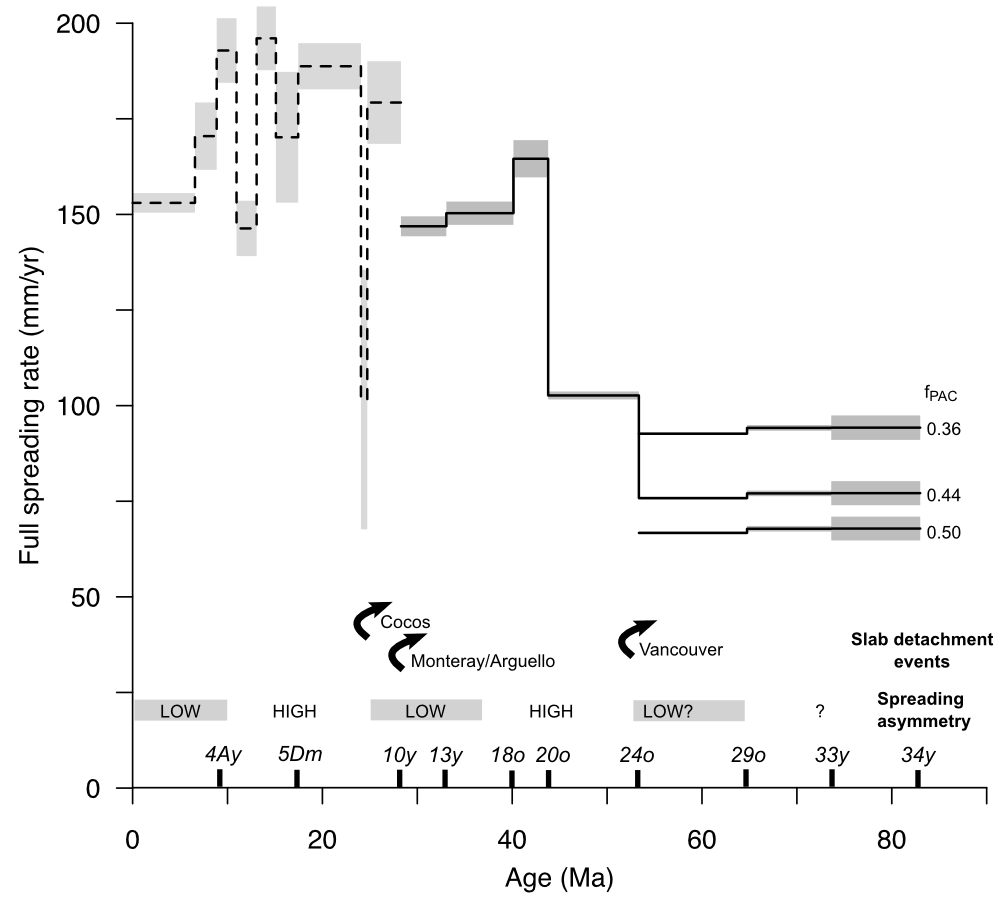A new paper by me and education expert Bridget Mulvey grapples with the question: analogue sandbox models are cool, but are they effective teaching tools? Analogue models are a way of demonstrating tectonic deformation processes in the classroom: the weirdness of physical scaling laws means that slowly squeezing and stretching a tub of sand produces faults and folds like those produced in the crust over geological timescales. After building a sandbox model for some research, I wanted to use it in my classes, but the results…Continue Reading “New Paper: an innovative cycle-based learning approach to teaching with analog sandbox models”
One of the key themes in my early research career was trying to understand the magnetic signature of rocks where the primary remanence was not carried by iron oxides like magnetite, but instead iron sulphides, particularly greigite. Studies of sediment cores made it clear that it could form relatively early during diagenesis. But my PhD research in New Zealand showed it could also form very late in diagenesis – sometimes during tectonic events millions of years after the host rock had formed. Frustratingly, the combined…Continue Reading “New Paper – Signatures of Reductive Magnetic Mineral Diagenesis From Unmixing of First‐Order Reversal Curves”
The East Pacific Rise (EPR) is the fastest spreading part of the global ridge system, and has a couple of other unusual features. Spreading at the ridge is asymmetric, with about 55-60% of the oceanic crust produced over the past 50 million years found on the western side of the ridge (the Nazca plate). This asymmetric spreading has contributed to the other unusual feature: if you plot the position of the EPR in a mantle reference frame, the central part of the ridge has remained…Continue Reading “New Paper: Kinematics and dynamics of the East Pacific Rise linked to a stable, deep-mantle upwelling”
In the Late Cretaceous, 83 million years ago, the Pacific ocean was dominated by the 10,000 km-long spreading ridge between the Pacific and Farallon plates. Since that time, the northern part of this ridge system has collided with the west coast of North America, leading to the progressive fragmentation of the Farallon plate, and its almost total subduction in the northern Pacific. In the southeast Pacific, the largest remanent is the ultrafast-spreading East Pacific Rise. Because of their length and generally fast spreading rates, the…Continue Reading “New Paper: Spreading behaviour of the Pacific-Farallon ridge system since 83 Ma”
